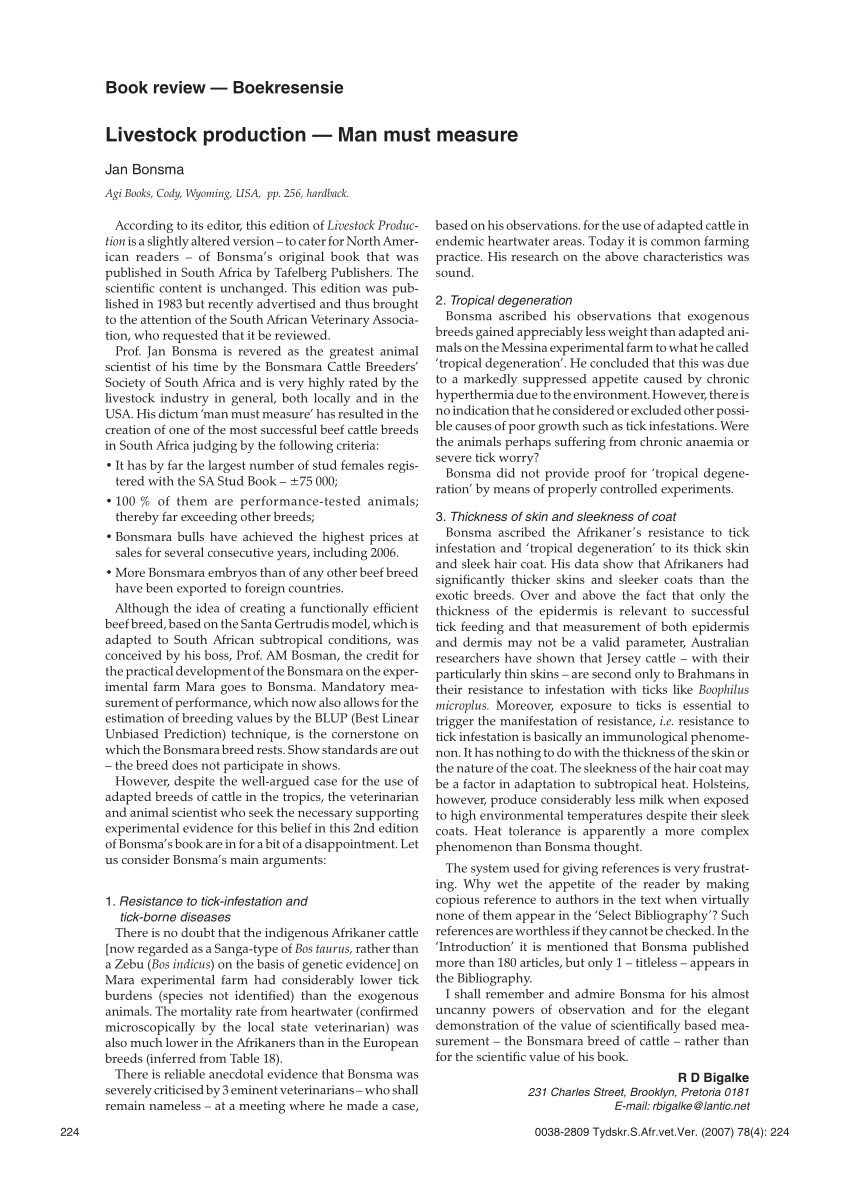Has anyone tried the system the Gerald Fry, Jan Bosma and a few others have used over the years called linear measurement? If so I am curious as to whether the traits that they measure pass on from one generation to the next. I have read a few of the books written on the subject and really like the idea of measuring something that I can see with my own eyes. From my limited research, it looks like several of the breed associations, especially in other countries use some variation of this method.
http://www.bovineengineering.com/linera_meas.html

 www.researchgate.net
I find this very interesting, there is a ton of information out there. I would really like to hear about some practical, long term experience.
www.researchgate.net
I find this very interesting, there is a ton of information out there. I would really like to hear about some practical, long term experience.
http://www.bovineengineering.com/linera_meas.html

(PDF) Livestock production - Man must measure, Jan Bonsma : book review
PDF | According to its editor, this edition of Livestock Production is a slightly altered version - to cater for North American readers - of Bonsma's... | Find, read and cite all the research you need on ResearchGate
